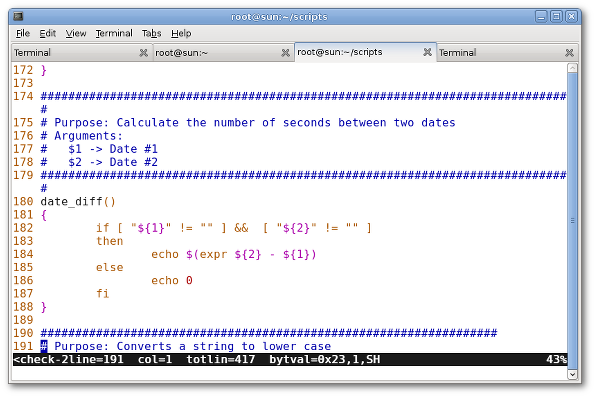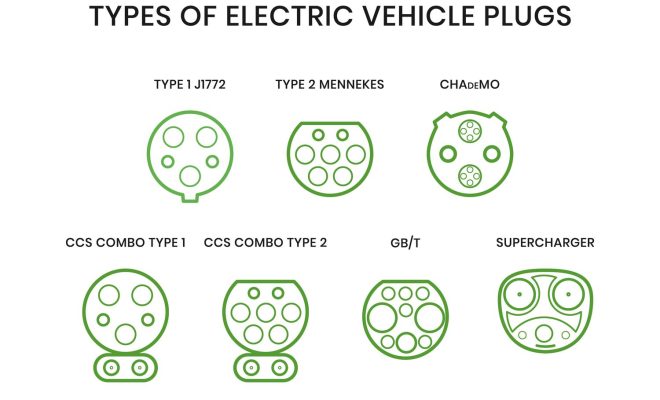What is Security Architecture?

Security architecture refers to the design of an organization’s security systems to ensure the confidentiality, integrity, and availability of its assets. It defines the security controls and technologies necessary to mitigate risks and protect sensitive information such as personal data, intellectual property, financial records, and critical infrastructure.
A well-designed security architecture should provide a comprehensive and layered approach to security that covers all aspects of the organization’s operations, including its networks, applications, systems, and data. It should also be aligned with the organization’s overall business objectives and risk management strategies.
The security architecture typically includes a range of security controls, including physical, administrative, and technical controls. Physical controls include measures such as access control systems, security cameras, and environmental controls. Administrative controls include policies, procedures, and training programs to ensure employees understand and follow security protocols. Technical controls include firewalls, intrusion detection and prevention systems, encryption technologies, and vulnerability management tools.
One of the key benefits of a solid security architecture is that it helps organizations to prioritize their security investments and focus on the most critical risks. By identifying the organization’s most valuable assets and the potential threats to those assets, security architects can develop a strategic plan to reduce risk and protect those assets.
Another important aspect of security architecture is compliance. Many organizations must comply with regulations such as GDPR, HIPAA, or PCI DSS, which require specific security controls and measures to protect sensitive data. A well-designed security architecture can help organizations to ensure compliance and avoid costly fines or legal action resulting from security breaches.






